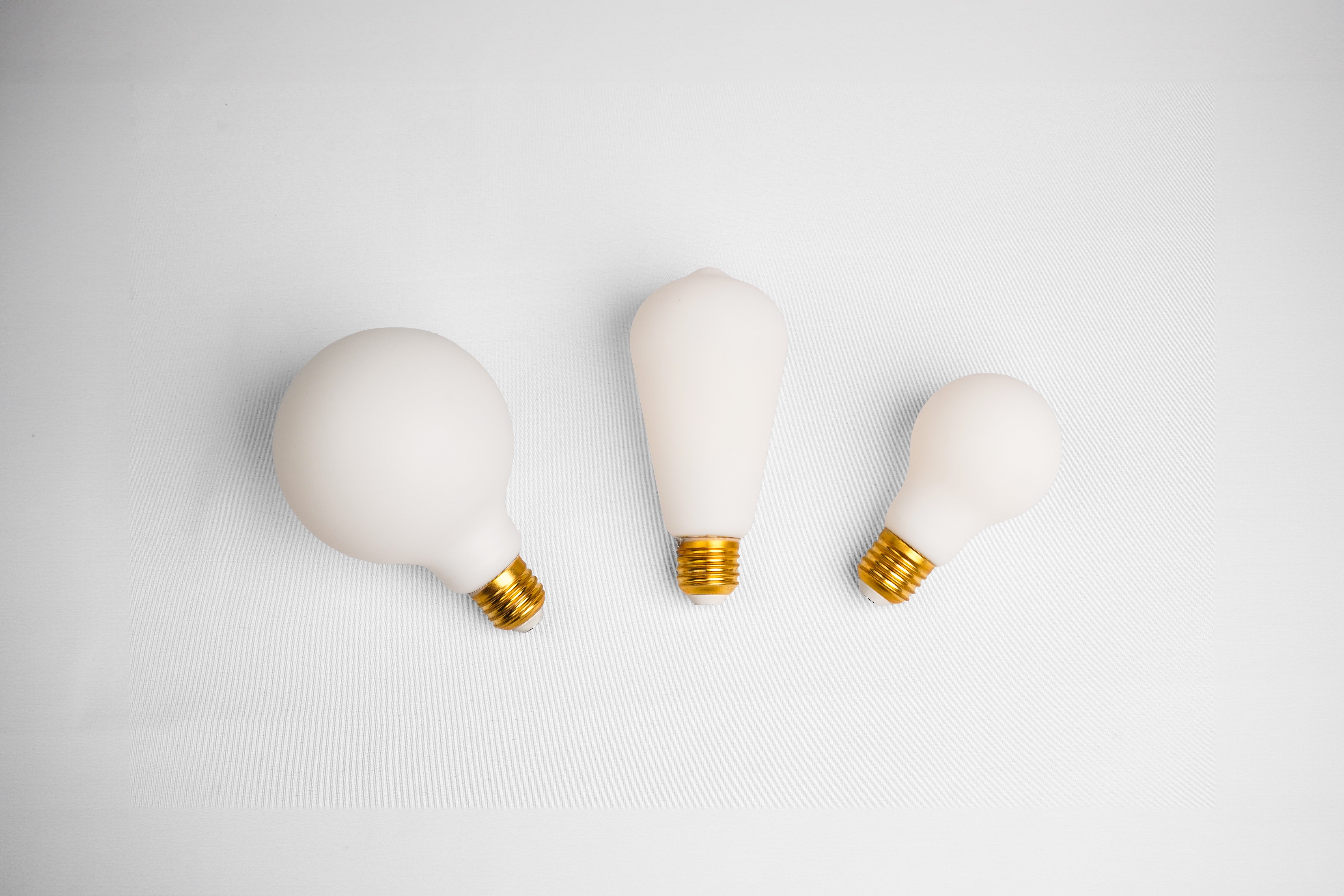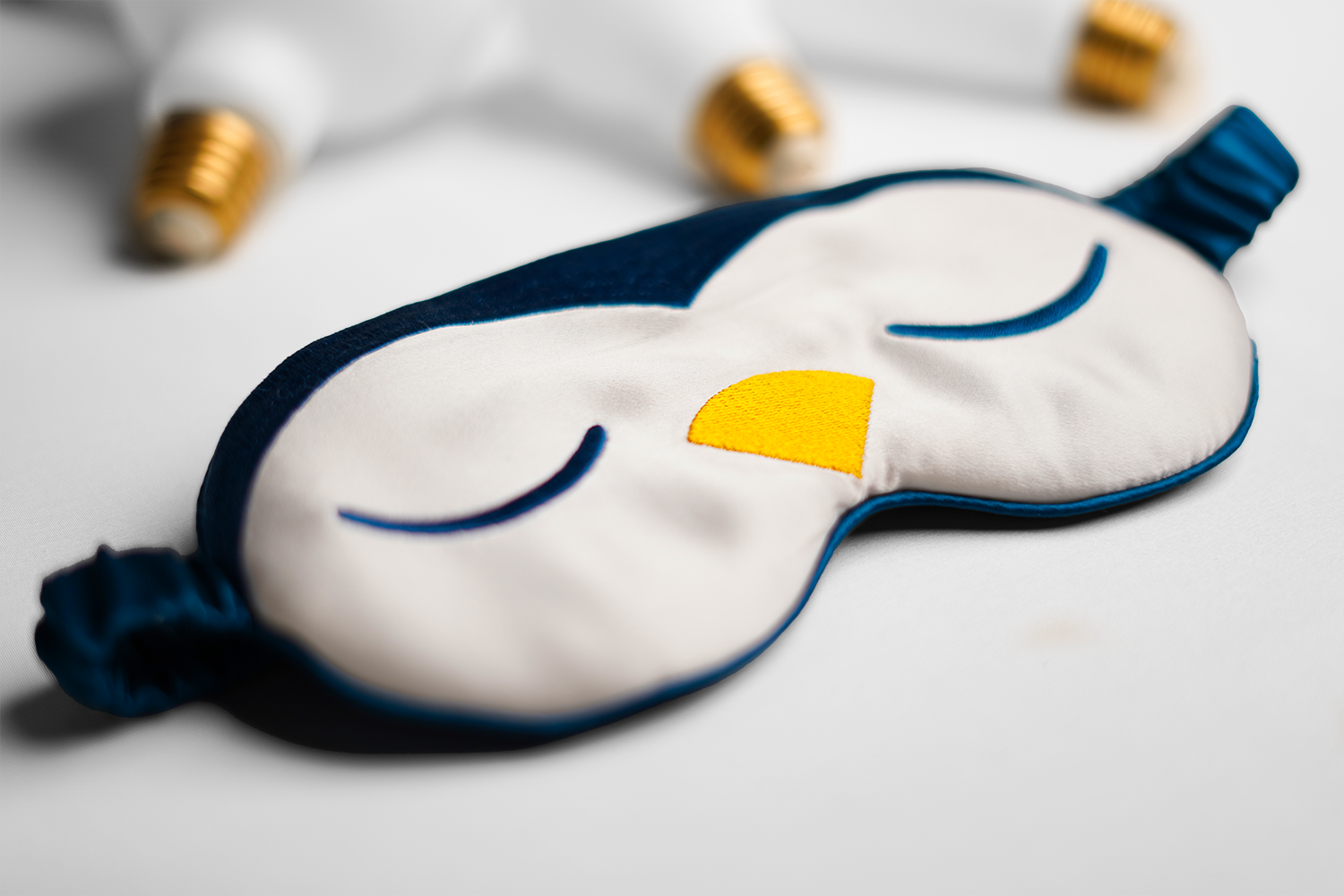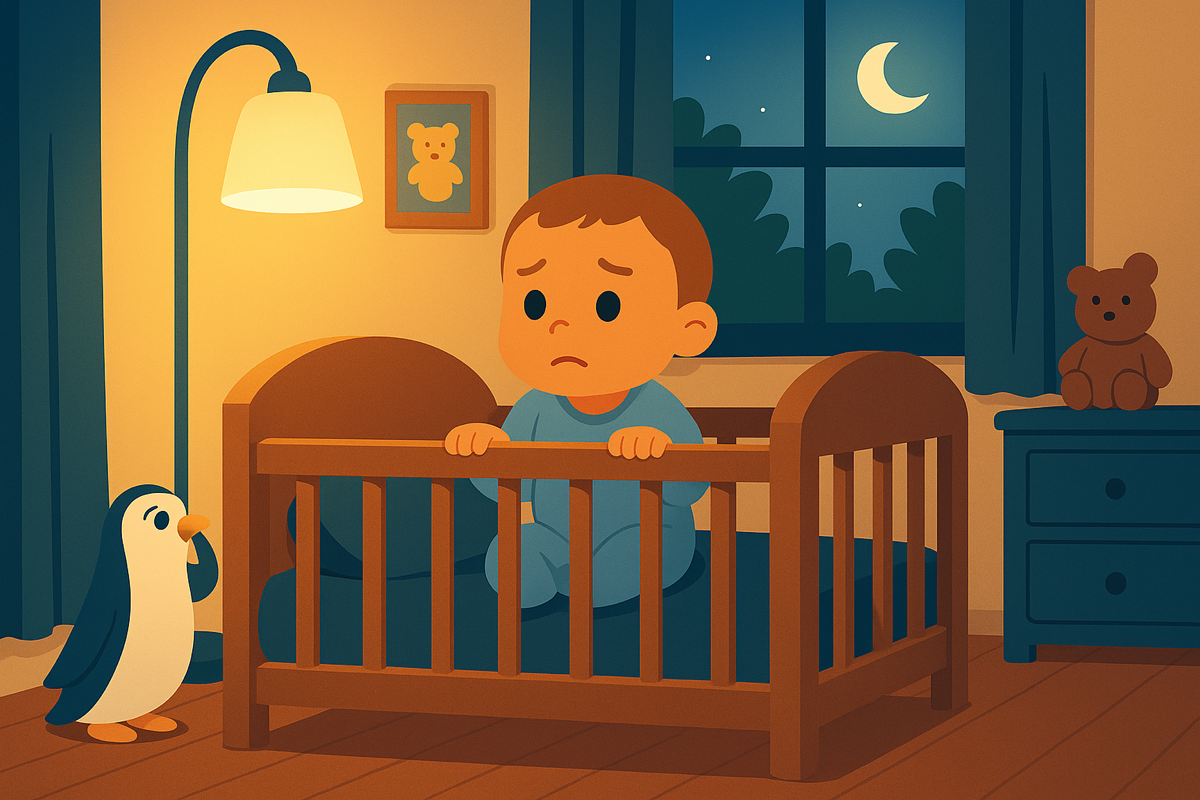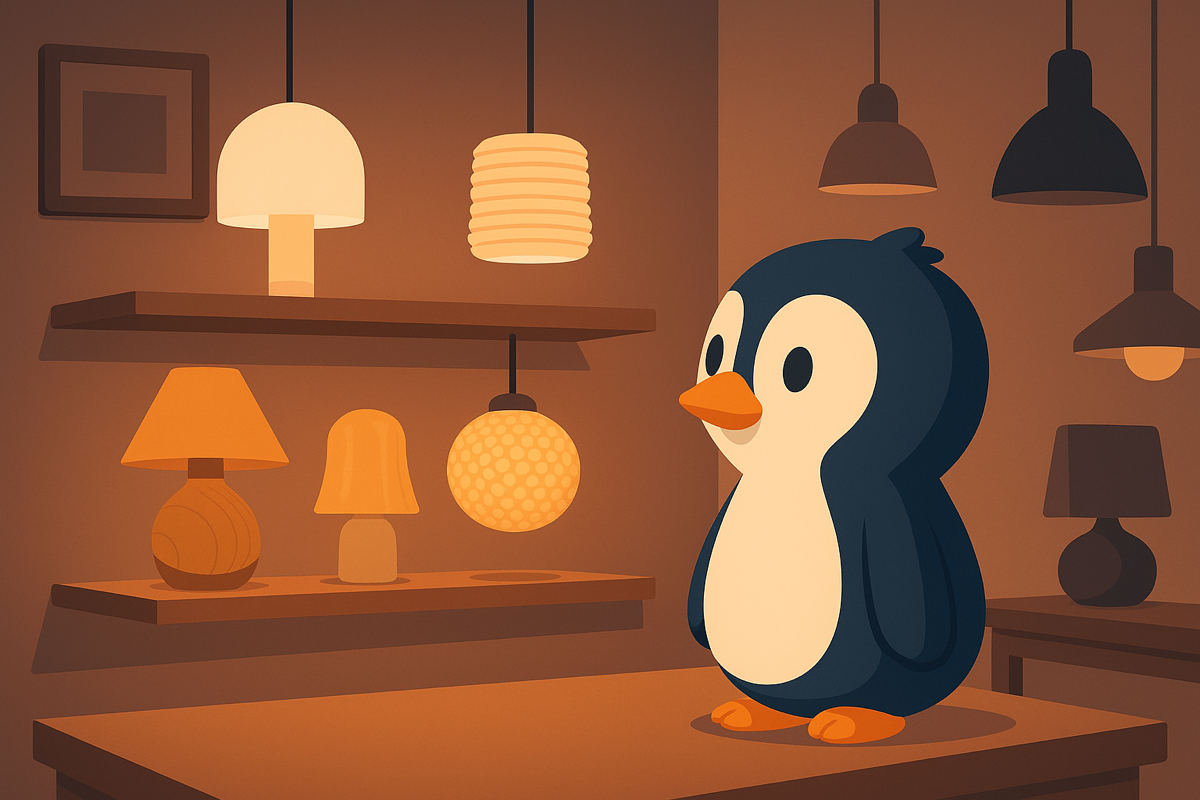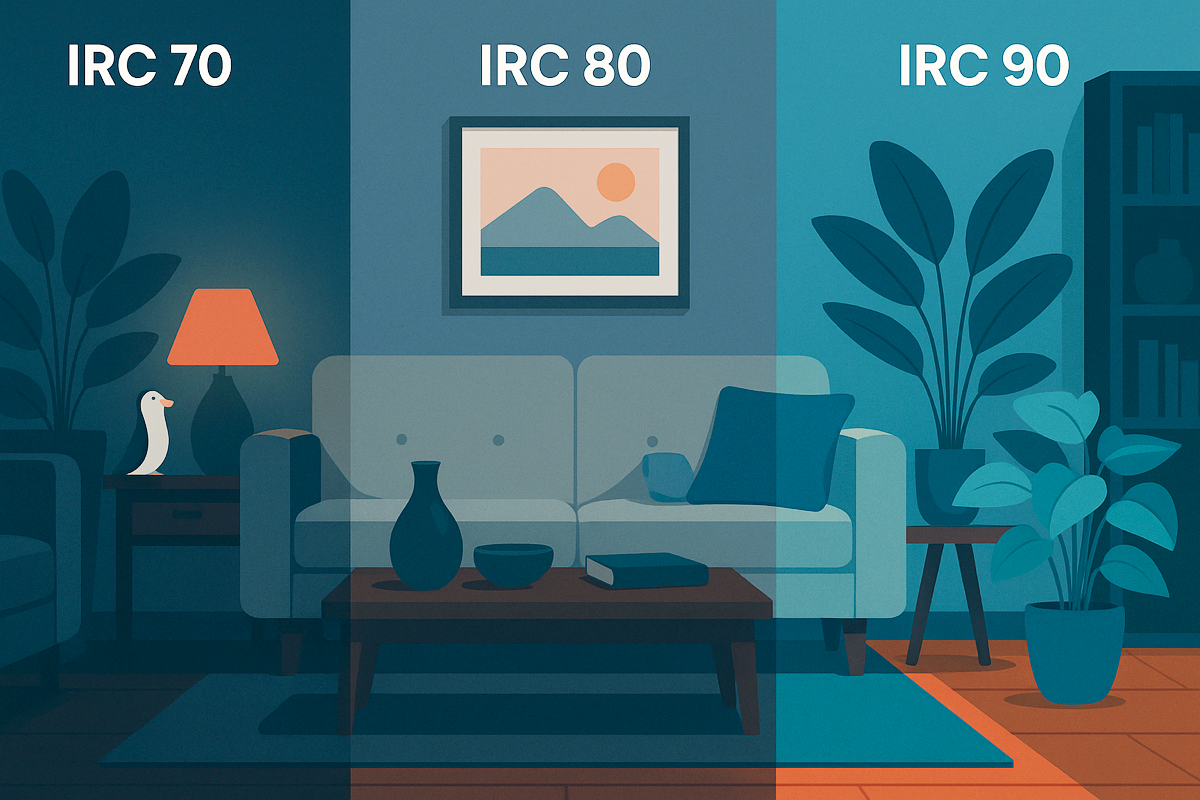Reading time: 5 min
In short:
Some babies refuse to sleep, even when everything seems right. What if the culprit was... the light? Too bright, too white, too late. Adjusting the lighting changes everything. We'll explain why.
📌 Summary
Why Baby Fights Sleep
Refusing to lie down, crying at bedtime, sudden hyperexcitement... Many parents experience the same scene every night. And yet, the baby is tired. The problem isn't a lack of sleep. It often comes from... the wrong signal.
The brain needs a clear marker to tell it's the end of the day. If the light remains bright, white, or steady, it believes it's still daytime. The result: no melatonin, no sluggishness, no sleepiness. It's a false message sent by the environment.
What light prevents in his brain
In both adults and children, light regulates the biological clock. But in infants, it has an even greater impact. Their circadian system is still developing. Exposed to bright light late in the day, it doesn't secrete the right hormones at the right time.
Melatonin is the "slow down" hormone. Without it, the body remains in a state of standby. Cold or overly blue light can block its production by 85%. This is true even if you have a regular bedtime routine. If the light says "day," the brain remains in active mode.
The right light signals to send
It's not about plunging the room into darkness all at once. But about creating a natural transition. From 5–6 p.m., the light should decrease in intensity, becoming warmer and softer. This sends a clear signal to the child's brain: "It's time to slow down."
This gradualness is essential. It helps the body slow down its internal temperature, alertness, and heart rate. This is what we call circadian lighting: lighting that follows the natural cycle of the day… and helps the brain adjust to it.
How to adjust the light simply
Bedtime routines are important, but they're not enough if your surroundings contradict your cues. Here's what you can do starting tonight:
- Change white bulbs to warm, adaptive light
- Lower the brightness after 6 p.m. throughout the house
The Laqi Starter Kit includes bulbs that adapt to the time of day. Simply install them and let Laqi do the rest. A valuable aid for getting your entire home back in sync.
💬 FAQ
My baby refuses to sleep even in the dark, why?
It's not just about darkness. The body needs to slow down first. A soft transition of light can help more than sudden total darkness.
Is a night light useful?
Yes, if it's warm, dim, and gradual. Avoid white or flashing LEDs, which disrupt the body clock.
At what age does light impact sleep?
From the first weeks. Even newborns react to daylight. The earlier it is adapted, the healthier the rhythm will be.
What if it all started with a simple beam?
Before thinking about “sleep problems,” let's think about light. A baby's body reads its environment. When you send it the right message, it knows what to do. And sleep follows.

